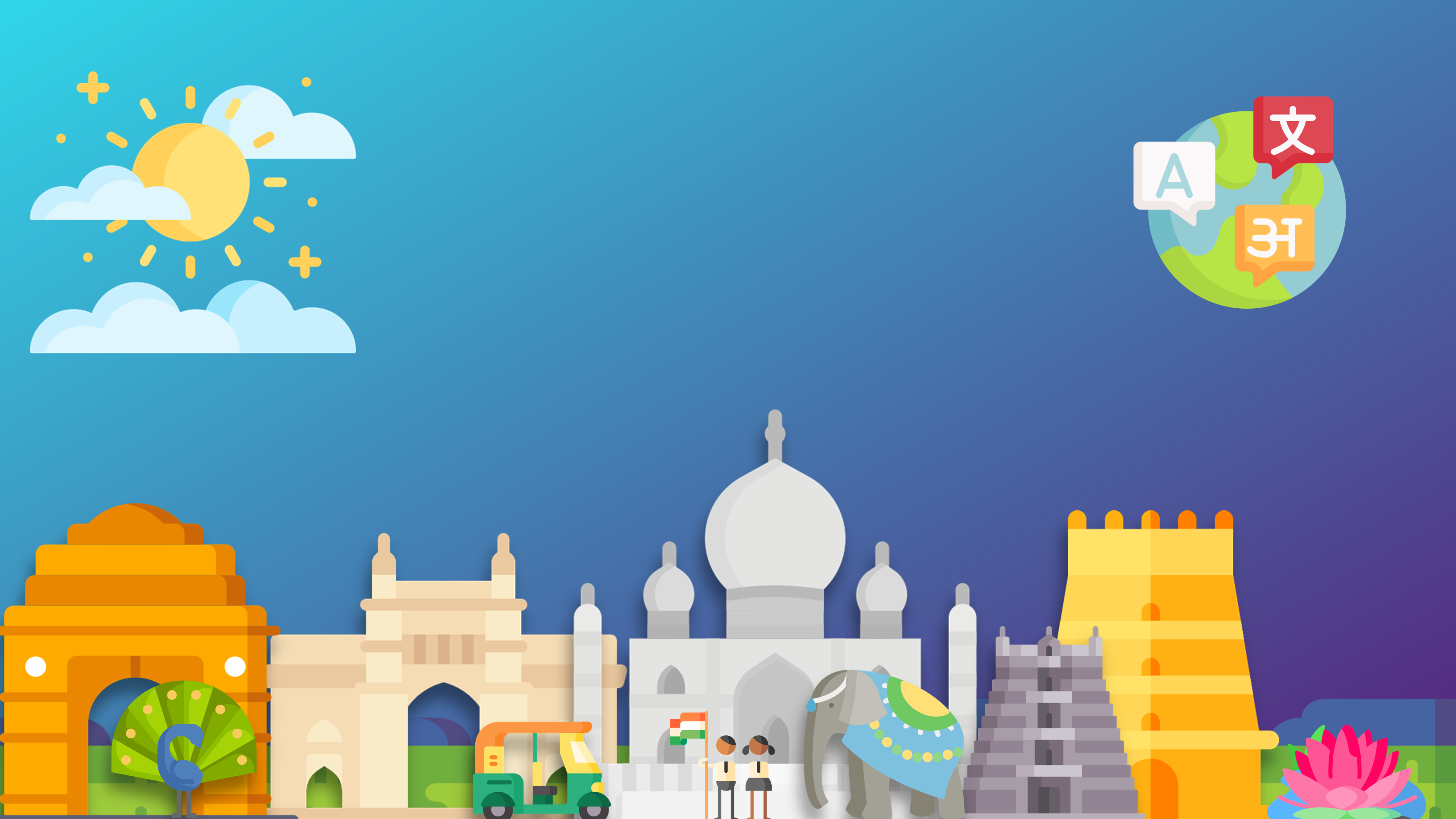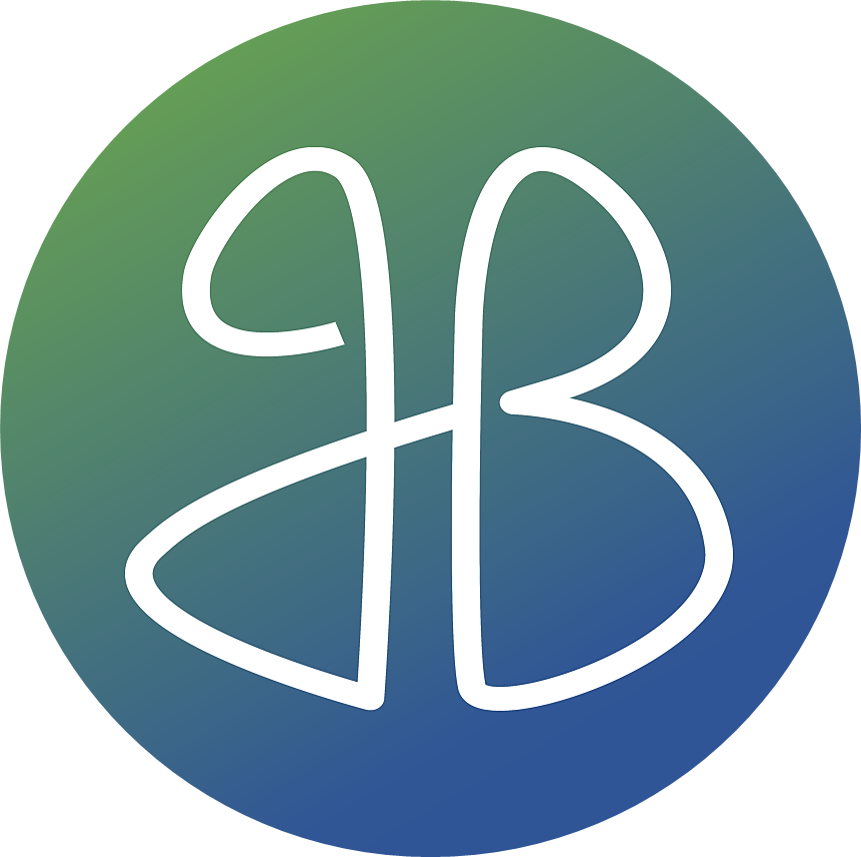
India, the vibrant land of myriad cultures and traditions, is not only known for its incredible geographical diversity but also for its linguistic tapestry. With over 300 languages spoken in India by over 1.3 billion people, it stands as a testament to the richness and diversity of human communication. In this blog post, we embark on a linguistic journey through the enchanting tapestry of languages that adorn the Indian subcontinent.
Unity in Diversity:
India’s linguistic diversity reflects the country’s age-old ethos of unity in diversity. While Hindi and English serve as the official languages at the national level, India recognizes 22 officially recognized languages. Each state or union territory has the freedom to adopt its own official language(s), further highlighting the importance of regional linguistic identity. This linguistic mosaic fosters a deep sense of cultural pride and unity among its people.
Hindi, the bridge connecting the Northern plains:
Hindi, with over 500 million speakers, is the most widely spoken language in India. As the mother tongue of the majority of the population, Hindi often serves as a bridge that connects people from diverse linguistic backgrounds in the Northern parts of India. Its reach also extends beyond the Hindi heartland, with its influence seeping into everyday conversation and Bollywood movies, making it familiar to people across the country.
South Indian Linguistic Kaleidoscope:
South India is a treasure trove of linguistic diversity. Tamil, Telugu, Kannada, and Malayalam are the major Dravidian languages spoken in this region. Tamil, one of the world’s oldest surviving classical languages, boasts a rich literary heritage and is the official language of the state of Tamil Nadu. Telugu, known for its lyrical beauty, holds the distinction of being the second-largest spoken language in India. Kannada, the language of the state of Karnataka, has a strong literary tradition and serves as a cultural anchor. Malayalam, often referred to as “the language of the gods,” mesmerizes with its unique script and harmonious sound patterns.
The Enchanting East:
Moving to the eastern part of India, we encounter a diverse array of languages that reflect the region’s cultural vibrancy. Bengali, the second most widely spoken language in India, resonates with poetic elegance and is the official language of West Bengal and the national language of Bangladesh. Odia, with its sweet cadence, is the official language of Odisha and is deeply intertwined with the region’s rich history and art forms. Northeast India is a treasure trove of linguistic diversity, with each state embracing its unique language and culture. Assamese, Manipuri, and Nagamese are just a few examples of the rich linguistic tapestry found in this enchanting region. These languages encapsulate the region’s ethnic diversity, reinforcing the cultural identity of its people.
Other Northern Wonders:
In the northern states, Punjabi, Gujarati, and Marathi captivate with their distinct flavors. Punjabi, known for its infectious energy, finds expression through vibrant folk music and dance. Gujarati, the language of Gujarat, stands as a testament to the region’s entrepreneurial spirit and is spoken by millions worldwide. Marathi, the language of Maharashtra, boasts a profound literary heritage, with illustrious poets and playwrights contributing to its glory.
Conclusion:
India’s linguistic diversity is a reflection of its vast and complex cultural heritage. Each language weaves a unique story, representing the essence of the communities that speak them. This tapestry of languages serves as a reminder of the beauty that lies in the differences we share. As we celebrate India’s linguistic diversity, let us appreciate the harmonious coexistence of languages and cherish the opportunity to explore the nuances of expression that make India a linguistic paradise. Join us in exploring Indian languages with Bhashafy. You can also explore our Indian Language Learning courses here.
